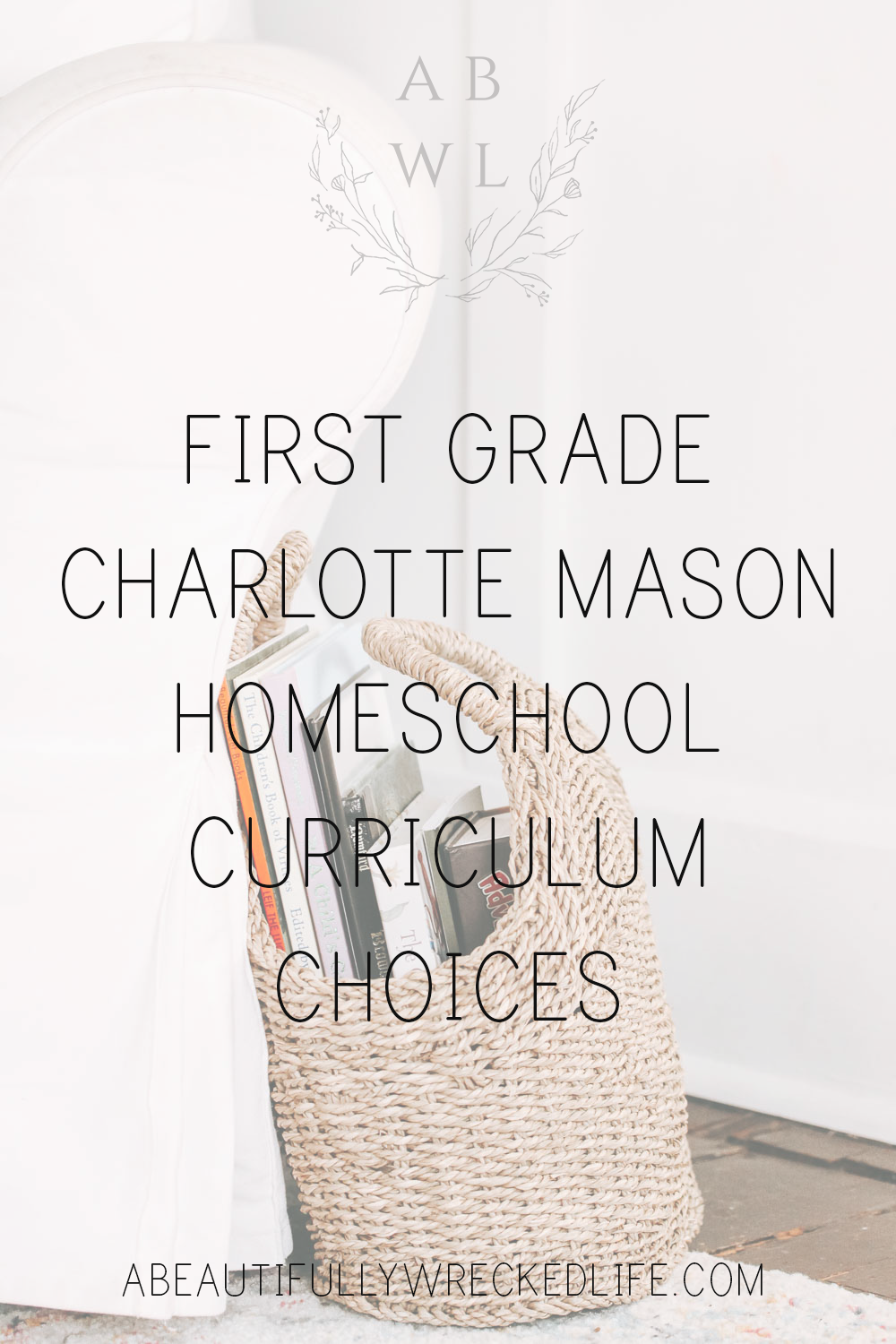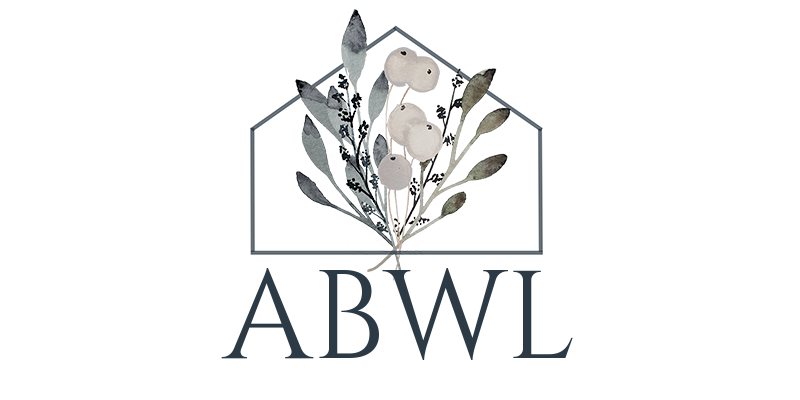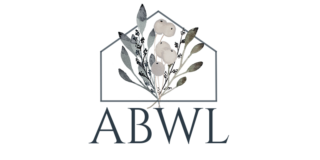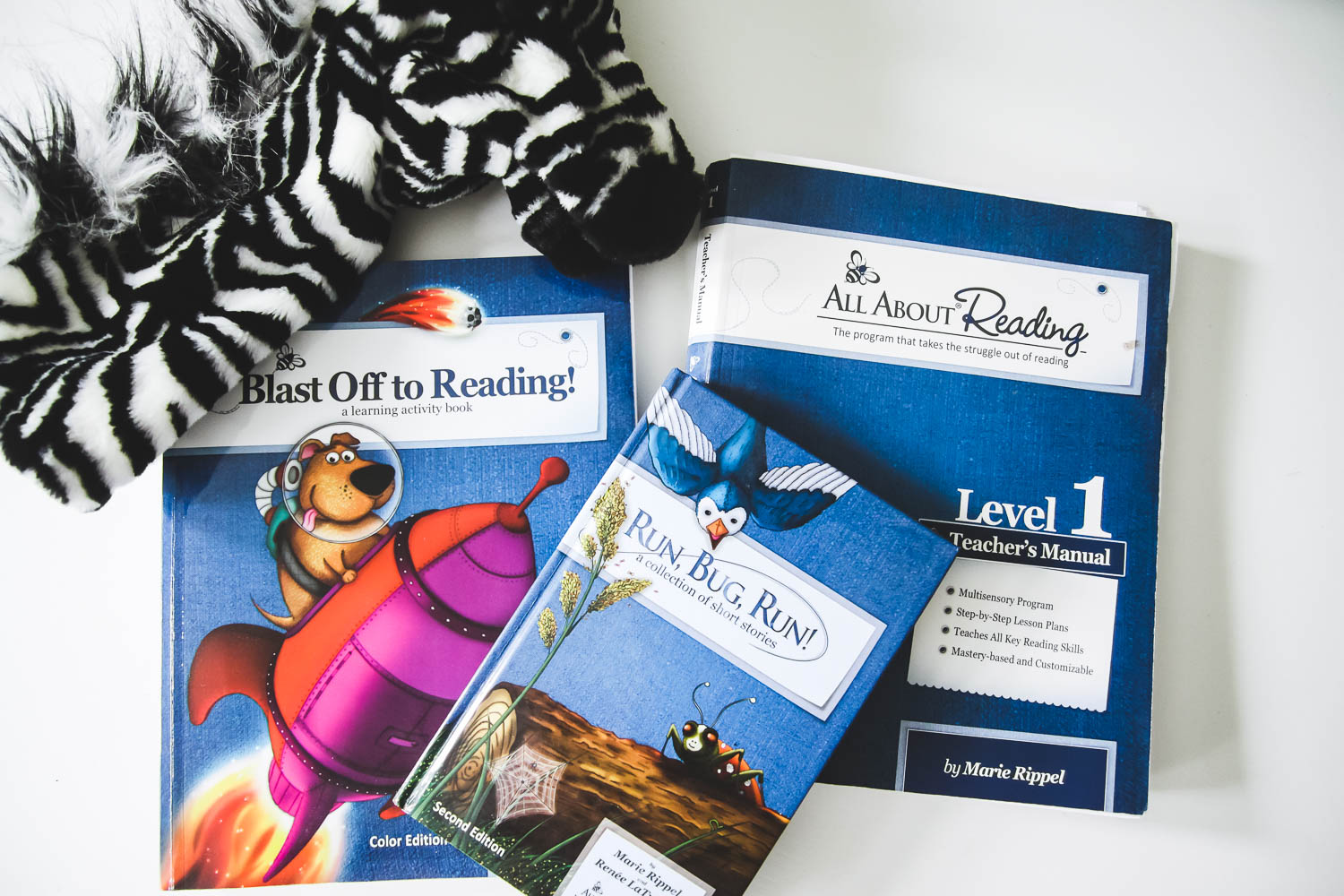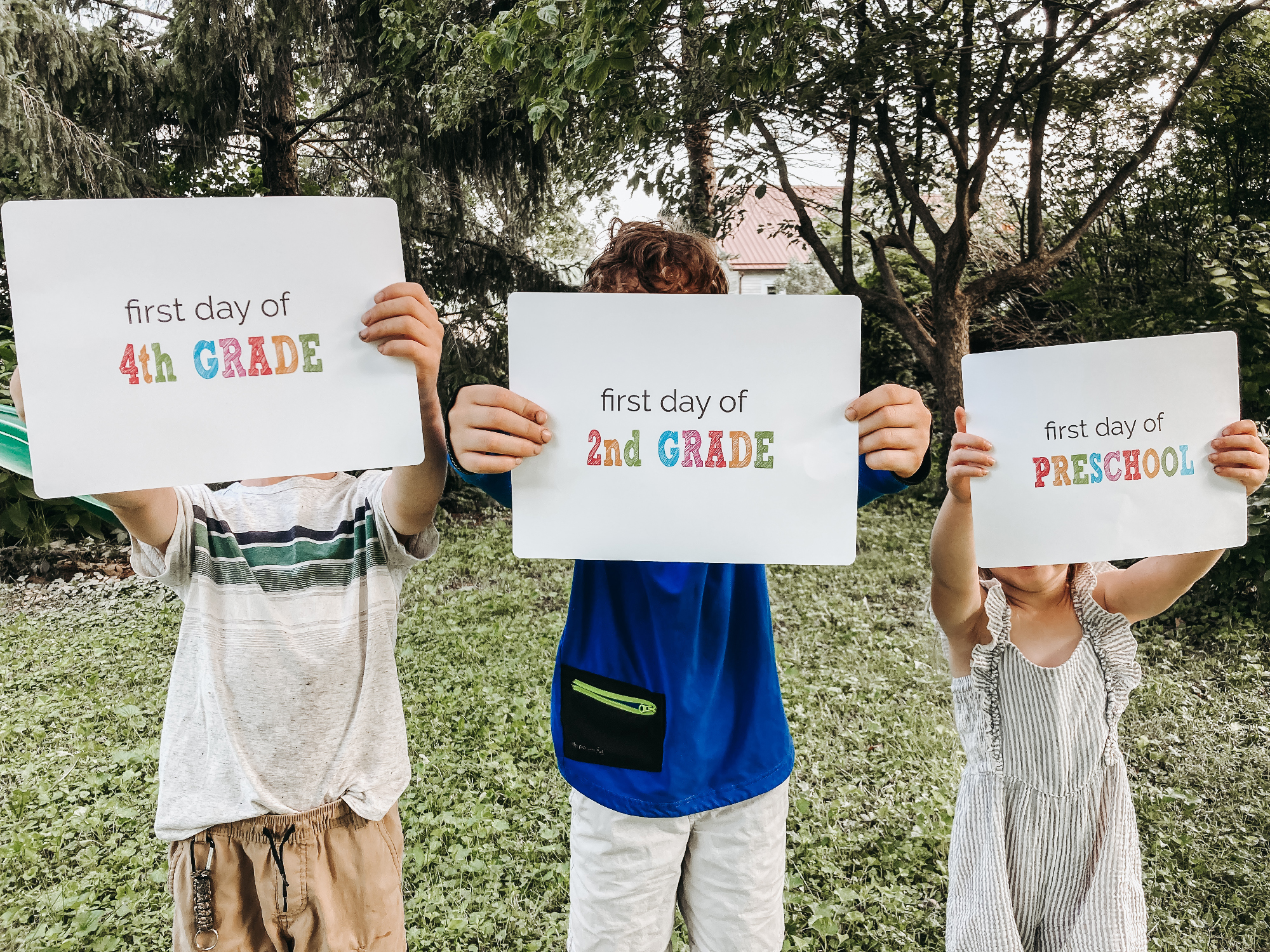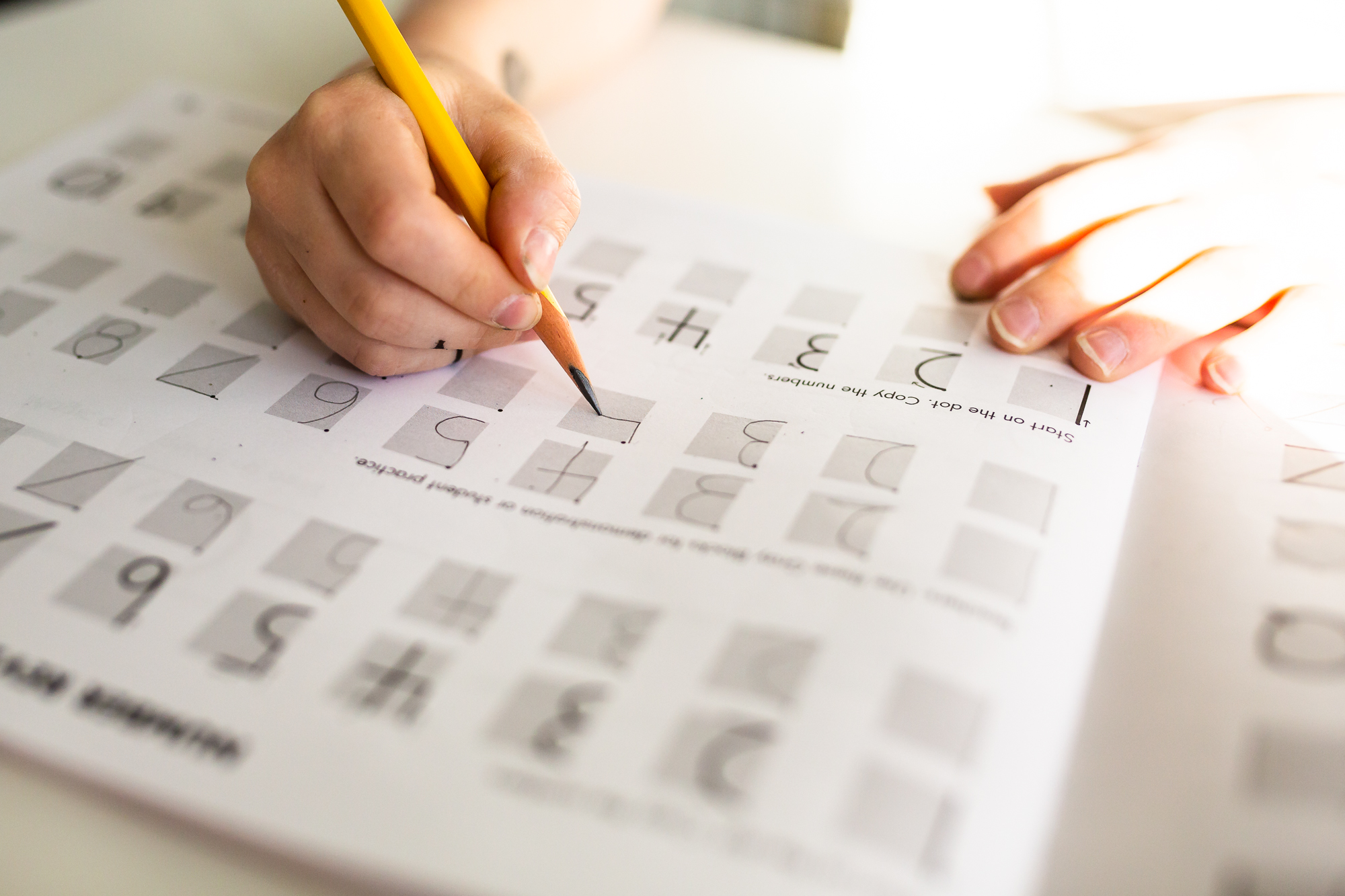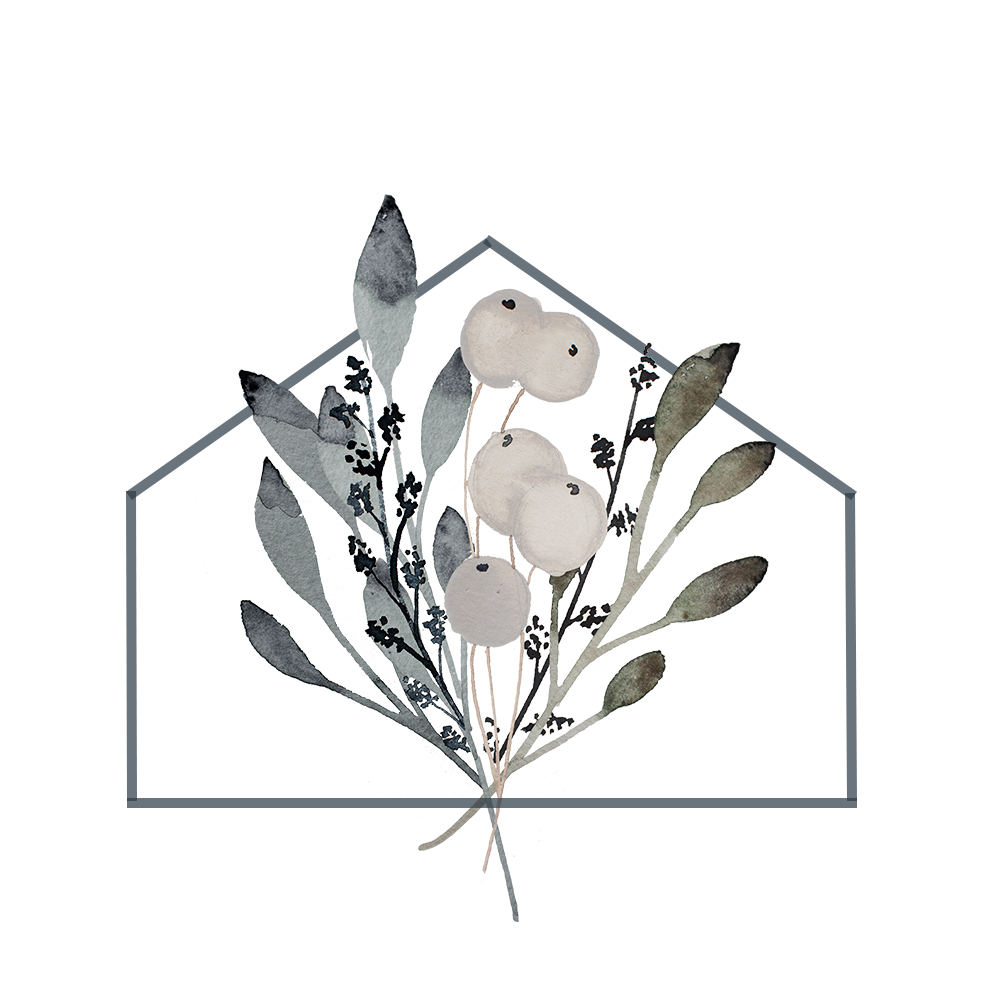let's be social!
A few days ago, I shared our journey of going “whole hog” on the Charlotte Mason method. And today I want to share with you our first grade (aka Form 1B) Charlotte Mason homeschool curriculum and book choices. After we went all-in in September, I made some switches from our original curriculum plan. So this is kind of a revised and updated first grade Charlotte Mason homeschool curriculum list.
And I’ll start with the grade levels. Thanks to all of the reading and researching I’ve done, we decided to adopt the language used by Charlotte Mason to explain the grade levels. Instead of our American system of “grades,” we’ve chosen to go by the “forms” used in the PNEU schools. It makes a lot of sense to me, because the forms are intended to represent developmental phases instead of arbitrary grade levels. Of course, when people ask, we give the American grade level equivalent for simplicity sake. But in all of my planning, I use the term “forms” instead.
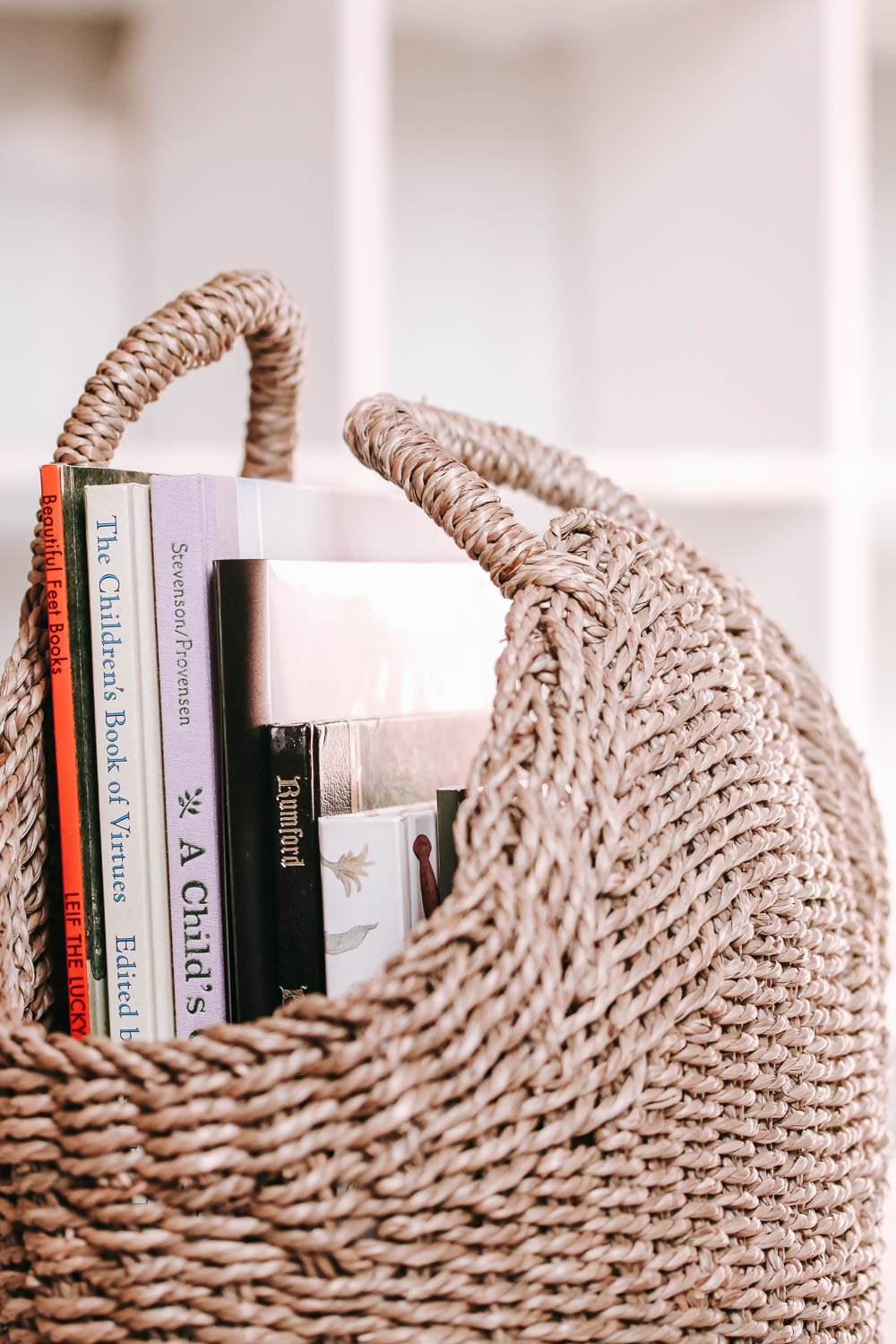
The Subjects We’re Studying for Form 1B (First Grade)
Here are all of the subjects we study each week:
- Bible*
- Theology & Catechism
- Literature: fables and fairy tales
- Natural History: general nature study, a specific ecosystem, and a special study
- Geography: physical geography, map work, and world cultures
- Early American History: 1000-1600 A.D.
- Poetry*
- Hymns and Folksongs*
- Spanish*
- Handicrafts*
- Composer Studies
- Artist Studies
- Handwriting*
- Math*
- Reading*
- Recitation*
- Brushdrawing
- Nature Journaling
(*Denotes subjects that we do daily.)
It seems like a lot of subjects when I list them all out, but we’re still finished with school by around 11:30 each morning. Since Mr. Six is so young, the goal is to spend no more than 2.5 hours of school each day. (And he still complains sometimes that school is “too slow,” because he wants to do is go play.)
But let’s get to the first grade Charlotte Mason homeschool curriculum and books we’ve chosen!
First Grade Charlotte Mason Homeschool Curriculum & Book Choices
Bible, Theology, & Catechism
BIBLE. We are reading straight through both Genesis and Matthew on alternating days. We read from Mr. Six’s NIrV Adventure Bible, as it’s translated to be at right around a third grade reading level. CM’s actual recommendation is to read from the KJV, but since we’re not complete CM purists, we’ve chosen a bible translation that we feel is most suitable for our kids.
THEOLOGY. The Ology. We’ve had it for a couple of years, but this is really the first year that Mr. Six is grasping the content. It’s still a bit over Mr. Four’s head, but that’s totally okay! We’ll go through it again with him when he gets older.
CATECHISM. The New City Catechism
Literature
This year, the focus is on “literature tales,” so we’re reading fairy tales, fables, and other quality literature to inspire our kids’ moral imaginations. Here’s our book list:
Classic Fairy Tales Vol. 1
Classic Storybook Fables
A Children’s Book of Virtues
A Beatrix Potter Treasury
We also added in some others such as Velveteen Rabbit and Beowulf (as we’ve started studying Vikings).
Natural History
Each week, we read from three different nature books.
NATURAL HISTORY SPINE. Nature Stories for Young Readers
ECOSYSTEM NATURE LORE. Among the Pond People (Term 1), Among the Forest People (Term 2), and Plant Life in Field and Garden (Term 3)
SPECIAL STUDY NATURE LORE. This varies from week to week. We do 4 special studies per term, and I check out individual books from the library to address these topics. However, since the special study topics are meant to be things we can walk outside our door and observe for ourselves in nature, the books are merely supplemental (but oh-so-good!).
Geography

There are three different components to our geography study this year: physical geography, map work, and cultures around the world.
PHYSICAL GEOGRAPHY. Charlotte Mason’s own Elementary Geography.
MAP WORK. Mapmaking with Children (P.s. I LOVE this book and his approach to mapmaking!) and Maps (P.s. The kids and I all LOVE this book! Every single page has sooooo many beautiful illustrations.)
CULTURES AROUND THE WORLD. Like our special nature studies, this is an area where we check out a lot of books from the library. Each Friday, we read a book about or from the perspective of a kiddo somewhere around the world. Our goal is to “travel” to as many countries around the world as possible this year. I bought the book Give Your Child the World, and I use it to help me make my book selections.
Early American History

This is perhaps my favorite subject this school year. I have kind of always been a history-lover, but the older I get, the more I appreciate not only how important history is to know and understand, but how complex and nuanced it really is.
The focus of history for this year is what is known as the “heroic age” of our country, which for us is from roughly 1000 AD-1600 AD. We opted to begin our study of America with the Native Americans, since they were here on this land long before any other people arrived. And from there we cover the different explorers. In addition to the books below, we are using Beautiful Feet Books’ Early American History Teacher’s Guide as a resource for their “rabbit trails” and activities.
HISTORY SPINE. We’re reading through And There Was America very slowly. You can download it free from Internet Archive.
NATIVE AMERICAN STUDY. We read through Meet the North American Indians.
VIKING STUDY. Leif the Lucky. And for fun we’re reading through D’Aulaires’ Book of Norse Myths.
COLUMBUS STUDY. Encounter and Columbus. Because it’s really important to me to tell more than one side of history, our study of Christopher Columbus will include the book, Encounter, because it’s not written from the perspective of the conquerer.
POCAHONTAS. Pocahontas and either The True Story of Pocahontas or Pocahontas: Princess of the New World. I still haven’t previewed both of the latter books to decide which one we’ll read, but after doing a lot of research, I’ve narrowed it down to those.
Poetry
A Child’s Garden of Verses. This whole year we are studying Robert Louis Stevenson, so we read a new poem each week. We typically read the poem every day for the whole week, and by the end of the week, they can either recite it back to me or at least tell me a bit about it in their own words. This is another favorite subject of mine, because I was kind of taught poetry in a way that made it confusing and tedious. This is rather enjoyable!
Math
As I mentioned before, we aren’t totally Charlotte Mason purists. We do our best to stick to her programs, but there are a couple of areas that I know look a lot different from her PNEU schools. One of those areas is math.
This year we started using Singapore Dimensions Math, and we LOVE it. It has been such a refreshing change for us after struggling through math all of last year. While I see other CM homeschooling mamas talk about her approach to math, we will continue to use Singapore since it is working so well for us.
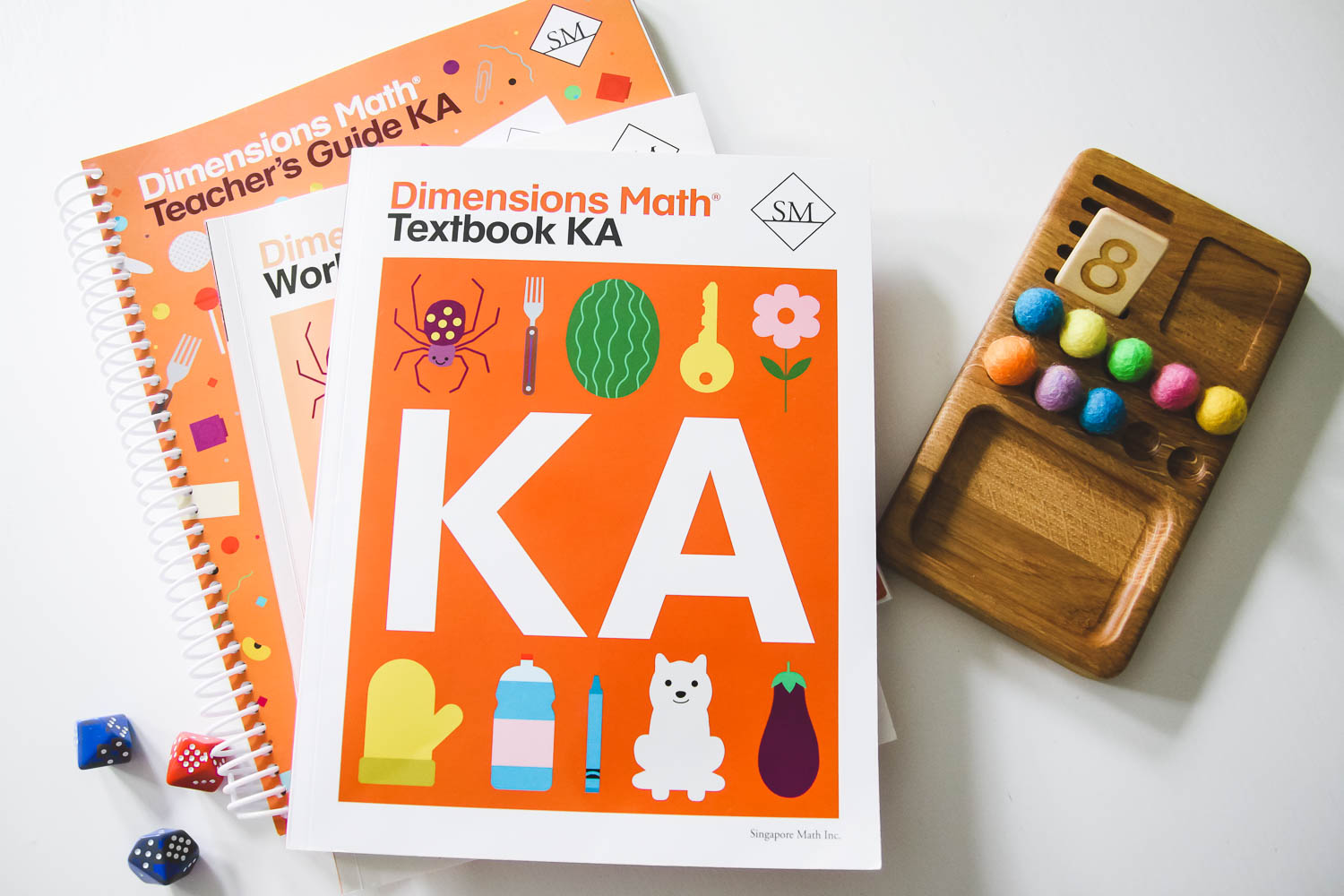
Reading
Reading instruction is another area that I’m not fully submitted to CM’s original approach. After binging A Delectable Education’s podcasts, I did add in another component to our reading instruction; however, we have been using All About Reading since the beginning of last year, and it’s working so well for us that I will not change that, either. Mr. Six is halfway through All About Reading Level 1 and he’s doing such an amazing job!
What we did add in, though, was some “sight reading” instruction. AAR does include what they call “leap words,” but the primary basis of the program is a methodical phonics instruction. So far, the phonics approach makes the most sense to Mr. Six and I both. However, I do love the Charlotte Mason encouraged her students to read living texts right from the start.
Every few weeks, we take a few days off from AAR and do some “sight reading” using Free and Treadwell’s readers. We’re currently reading through The Primer, and it’s a nice change of pace every now and then. Mr. Six is always so proud to read a whole story to his daddy after he’s worked hard to learn the new sight words.
Brush Drawing
This is such a delightful addition to our homeschool week! Last term we began learning how to brush draw using Bestowing the Brush’s video course. We only practice brush drawing a few times per week, but each Monday we watch a new lesson (or re-watch the previous lesson we haven’t yet mastered). Then on Wednesday and Friday we continue to practice the skills taught in Monday’s lesson.
There are several things I love about this time. First, it’s Mr. Six, Mr. Four, and I that sit at our dining table and learn together. Second, our brush drawing teacher emphasizes brush care, so it makes the clean up and care part of the lesson integral. Finally, we’re keeping our lessons in portfolios, and I cannot wait to see how much we improve over the course of the year!
Hymns and Folksongs, Spanish, Handicrafts, Composer Studies, Artist Studies, Handwriting, & Nature Journaling
For these subjects, I don’t use a curriculum or specific books. We were using a couple of different handwriting curriculums, but scrapped both of them and started just doing careful work in a handwriting notebook. In fact, Mr. Six is learning cursive now, and it has been AH-MAZ-ING watching his progress!
For the other subjects, I simply select one new hymn per month, we speak in Spanish to each other throughout the day and learn Spanish songs during Morning Basket, we do a variety of handicrafts each week, and we study one artist and one composer per term. Mr. Six has to make 4 new nature journal entries per week, but they’re completely his choice – the only requirement is that it has to be something he observes with his own eyes.
And that’s it, all of our First Grade Charlotte Mason curriculum and book choices!
Again, I know it seems like A LOT each week, but the reality is that each subject only lasts for a MAX of 20 minutes, with some subjects (like poetry or recitation) only taking us 5-10 minutes. Each day is carefully scheduled (using ADE’s scheduling cards) so that we alternate the types of mental energy used to avoid burnout. That has really improved things like narration quality and mental fatigue.
Over the next few weeks, I’m going to dive deeper into the details of our days, including our Morning Basket time and how we work through some of our subjects.
Until then, happy homeschooling!

